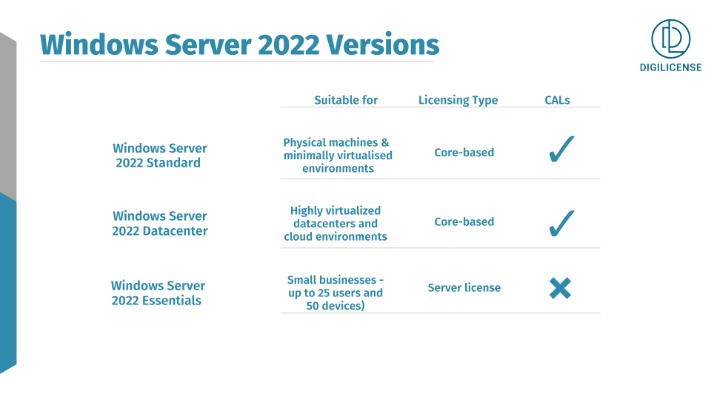Your WordPress site is an essential asset, but it is also a lucrative target for cybercriminals. Effective WordPress malware removal is critical for maintaining the integrity and functionality of your online presence. When your site is compromised, your business can face severe setbacks, including data breaches, SEO penalties, and loss of customer trust.
Read more about wordpress malware removal here.
Identifying Malware on Your Website
The first step in WordPress malware removal is identifying that your site has been compromised. Here are some common signs:
- Unexpected pop-ups or advertisements
- Defaced website appearance
- Unusual server activity or slow performance
- Unfamiliar user accounts
- Site blacklisted by search engines or security tools
Using Security Plugins
An effective and straightforward method to identify malware is by using security plugins. Plugins like WordFence, MalCare, and Sucuri offer real-time monitoring and scans to detect any inserted malware scripts or unauthorized changes.
Steps to Remove Malware
Backup Your Website
Before initiating the WordPress malware removal process, it’s crucial to create a full backup of your site. This ensures you have a fallback option if anything goes wrong during the cleanup. Ensure that your backups are stored securely off-site.
Update Plugins, Themes, and Core
Outdated plugins and themes are common entry points for malware. Update all your plugins, themes, and the WordPress core to their latest versions. This step can close many of the vulnerabilities that hackers exploit.
Manual Removal
If you prefer a hands-on approach to WordPress malware removal, access your website’s files via FTP or your hosting provider’s file manager. Look for unfamiliar files or recently modified files in directories like wp-content and wp-includes. Remove or clean these files carefully.
Use Professional Services
Organizations like Sucuri and SiteLock offer professional WordPress malware removal services. For complex or severe infections, these services can be invaluable. They not only remove malware but also provide additional layers of security to prevent future attacks.
Prevent Future Attacks
Regular Updates
Regularly update your themes, plugins, and WordPress core. Developers continuously release updates to patch security vulnerabilities that have been discovered.
Use Strong Passwords
Always use strong, unique passwords for your admin panel, FTP accounts, and databases. Implementing two-factor authentication (2FA) adds an extra layer of security.
Limit Login Attempts
Limiting login attempts can help prevent brute-force attacks. Plugins like Limit Login Attempts Reloaded and Loginizer can help you configure this efficiently.
Regular Backups
Set up regular, automated backups using plugins like UpdraftPlus or BackupBuddy. Store these backups in secure off-site locations to ensure data integrity in case of a breach.
Conclusion
Ensuring proper WordPress malware removal not only protects your website but also upholds your reputation and trust among users. By staying vigilant and adopting robust security measures, you can mitigate the risks and keep your online presence secure.





